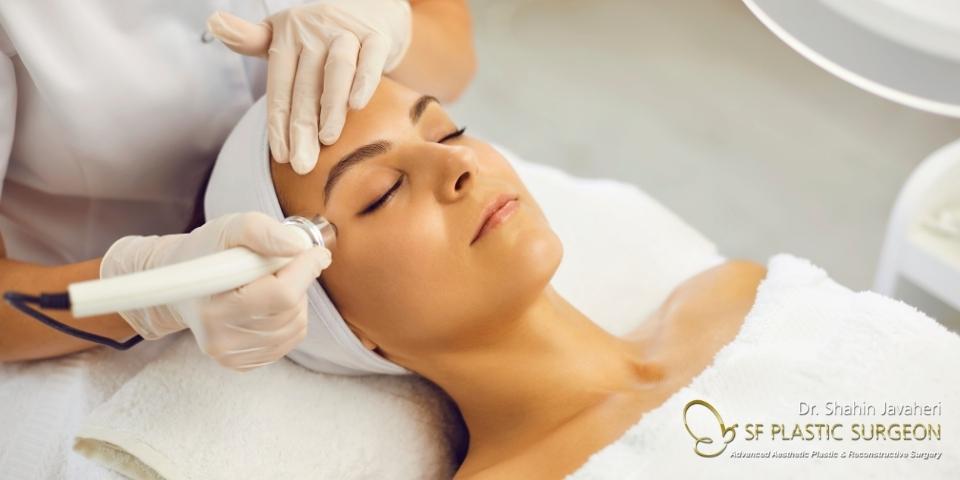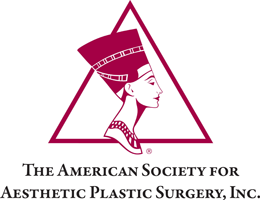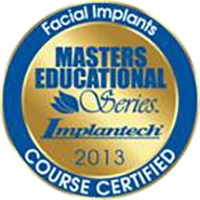
Skin resurfacing treatments can do wonders for your complexion, but with so many options on the market, it can be hard to know which one is right for you. The key is to choose a skin resurfacing treatment that is specifically tailored to your skin type. And believe it or not, your skin color plays a big role in this decision.
If you’re considering skin resurfacing, you probably have a lot of questions. What is skin resurfacing? Which treatment is right for me? What are the risks and side effects? And, perhaps most importantly, will it work?
In this blog post, we’ll answer all of those questions and more. Keep reading to learn everything you need to know about skin resurfacing treatments.
What is Skin Resurfacing?
Skin resurfacing is a broad term that refers to any treatment that removes the top layer of skin. This can be done with lasers, chemicals, or other devices. The goal of skin resurfacing is to improve the appearance of the skin by reducing wrinkles, fine lines, age spots, and other blemishes.
There are two main types of skin resurfacing: ablative and non-ablative. Ablative treatments remove the top layer of skin (the epidermis) and some of the middle layer (the dermis). Non-ablative treatments only remove the top layer of skin (the epidermis).
Ablative treatments are more aggressive and have more side effects than non-ablative treatments. However, they are also more effective at improving the appearance of the skin. Non-ablative treatments require more sessions to see results but are less likely to cause side effects.
Which Treatment is Right for Me?
The best way to determine which treatment is right for you is to consult with a board-certified dermatologist or plastic surgeon. They will be able to assess your individual needs and recommend the best course of treatment. That said, here are some general guidelines:
If you have mild wrinkles or fine lines, non-ablative skin resurfacing, such as Lumenis Stellar M22 ResurFX or Alma Opus Plasma, may be a great option for you. Non-ablative treatments can also be used to treat dark spots, melasma, and other pigmentation issues. If you have deeper wrinkles or want to remove scarring, ablative skin resurfacing may be a better option for you.
What Are the Risks and Side Effects?
As with any medical procedure, there are risks and side effects associated with skin resurfacing treatments. The most common side effects include redness, swelling, itching, crusting, and peeling. These side effects usually resolve within a few days or weeks after treatment. More serious side effects are rare but can include infection, scarring, and changes in skin color.
It’s important to note that these risks and side effects vary depending on the type of treatment you choose. Ablative treatments tend to have more risks and side effects than non-ablative treatments because they remove a larger layer of skin.
Will It Work?
The short answer is yes! Skin resurfacing treatments are effective at improving the appearance of wrinkles, fine lines, age spots, scars, and other blemishes. That said, results vary from person to person. In general, younger patients tend to see better results than older patients because their skin is already in good condition. Patients with deeper wrinkles or severe scarring may not see as much improvement in one setting as patients with milder imperfections.
Patients should also expect to see results gradually over time rather than immediately after treatment. Most patients need 3-5 sessions spaced 4-6 weeks apart to see optimal results.
Let’s sum it up!
Skin resurfacing is a popular cosmetic procedure that can improve the appearance of wrinkles, fine lines, age spots, scars, and other blemishes. There are two main types of skin resurfacing: ablative and non-ablative. Ablative treatments are more aggressive and have more side effects than non-ablative treatments but they are also more effective at improving the appearance of the skin. Non-ablative treatments require more sessions to see results but are less likely to cause side effects such as redness, swelling ,itching ,crusting ,and peeling.
The best way to determine which treatment is right for you is to consult with medical experts well trained in aesthetic lasers who will be able assess your individual needs and recommend the best course of treatment. Most patients need 3-5 sessions spaced 4-6 weeks apart to see optimal results.
To see if Renuvion with J Plasma Skin Resurfacing is right for you, contact double-Board Certified Dr. Shahin Javaheri for your initial appointment. You are welcome to visit our spacious San Francisco office, or you may choose a Skype or FaceTime consultation.



